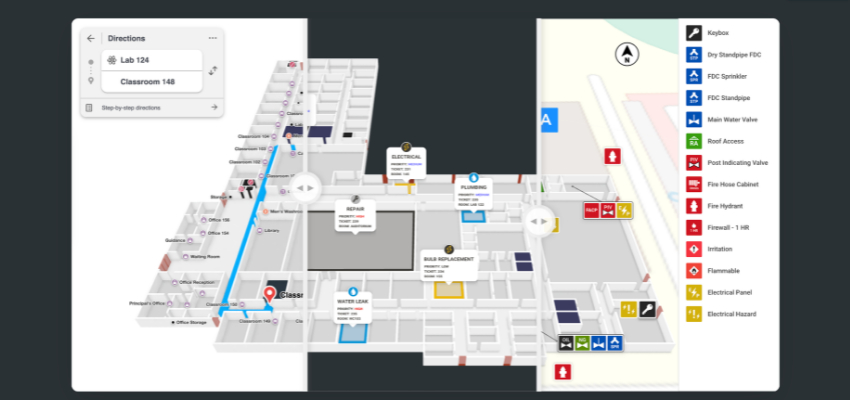Show:
Where is Software Testing Heading?
The software testing industry is full of innovation, and it’s always evolving. Software testing strategies and approaches will continue to evolve as our industry and technology evolve. The question for the future of software testing is: What’s next?

What’s on the horizon? We can see trends in AI and machine learning that open up new possibilities for automated testing. As we move more towards a world of continuous delivery and agile development, we’ll need even more efficient ways of automating tests so that we can release changes faster than ever before. Here are some trends to watch for the future of software testing.
Software Testing Automation
We’re starting to see the rise of applications that make it easier for those with no technical background to conduct software testing. Such applications exist to automate basic software testing, such as Web applications, e-commerce websites, and mobile applications.
These are great candidates for automation. While they can be used by any tester, they can also be applied more broadly to accelerate the automation of larger software development processes. Some of these applications are already being used by agile teams. Others are being tested in partnership with QA, and some are even being built by teams for teams. It’s a solid market at the moment, and you can read a detailed comparison of Cypress vs. Selenium vs. Katalon Studio vs. Rainforest to get an idea of how frothy this sector is.
That’s the exciting thing about automation: It can increase our capacity to create even more value for our customers. When we combine the efforts of the software testing community with innovative application developers, the possibilities for software testing automation are endless. We’ll see even more innovation in this area as more people become aware of the software testing automation space.
AI and Machine Learning
The transformation to the world of DevOps means that the software developers are more involved in the development and testing of software. New tools that allow developers to become more deeply involved with software testing are becoming more common. AI and machine learning help developers create better automation testing tools. Even better, the tools can allow testers to do their job more effectively.
AI and machine learning help developers build more predictive and prescriptive tools. It helps them provide test cases with more clarity, which allows them to make better decisions with less time and more confidence. AI can help automate the most challenging and repetitive tasks.
In this way, AI can greatly reduce the number of testing hours testers spend on manual and semi-automated processes, freeing up testers to focus on the more strategic, complex areas of software testing.
Continuous Delivery
As software development shifts to continuous delivery, we’ll see more automated testing solutions in place that help developers move quickly while maintaining quality. Continuous delivery helps with testing as well, as it requires the developers and testers to communicate frequently and informally to ensure test results are available in a timely manner.
The aim is to test the software at every stage and ensure that it doesn’t stop performing as expected. Continuous delivery also requires that testers spend less time on manual testing and more time on testing new applications. This is a good thing because it will also free up developers to focus on the development and testing of large software systems.
In this way, continuous testing also benefits everyone involved in the development and testing of software. It helps to reduce the time and effort involved in software testing. And it allows software testing professionals to spend more time developing a deep knowledge of the requirements of their projects.

Agile Development
Today’s software development industry is moving rapidly toward agile development. In fact, many large companies are already using it. Agile is a method of rapid application development (RAD) that emphasizes making small and frequent changes to software that meets customer needs. Agile is frequently employed by product managers as a way to quickly deliver the features and products that meet customer expectations.
In software testing, Agile is especially beneficial because it helps software testers make changes to software quickly and continuously. The agile method also encourages developers to build, test, and release software changes as early as possible. This is beneficial for testers because it helps them deliver faster and more accurate test results. It’s also beneficial for developers, as the software can be tested and changed on the go.
Conclusion
These trends are especially relevant to software testing, which is clearly at the heart of every digital development project. As tools and technology make more developers and testers more productive, we can expect to see greater advances in software testing that improve quality while helping testers better improve the quality of the software that is delivered. In the same way that software quality has increased significantly in recent years, we can expect software testing to grow in importance.

 Return to Previous Page
Return to Previous Page








